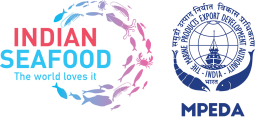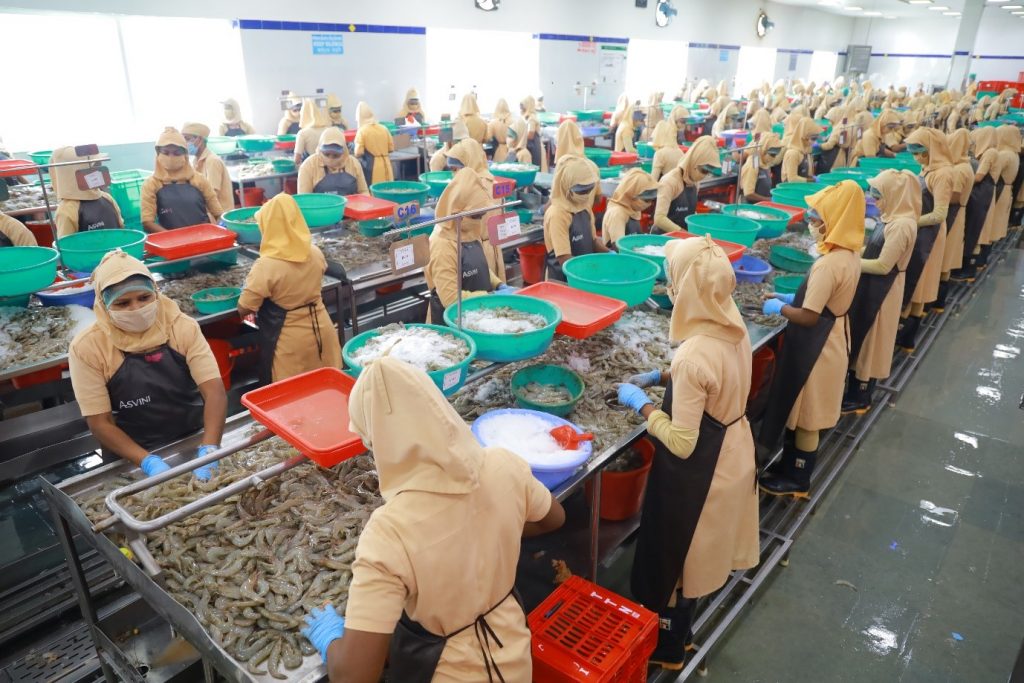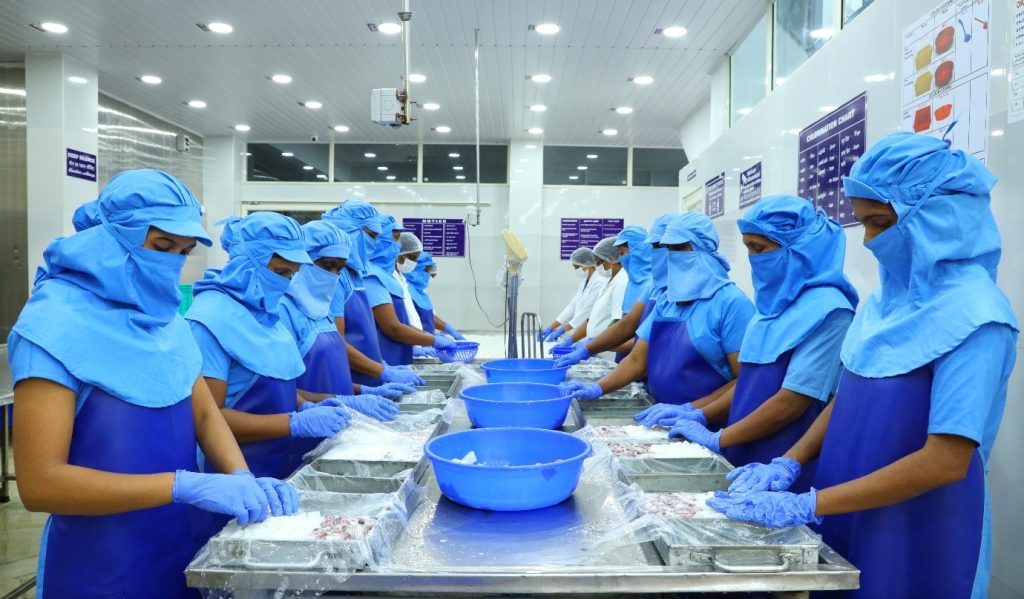India, with its vast coastline and rich marine biodiversity, has long been a beacon of high-quality seafood. Today, the country’s marine products are poised to make an even greater impact on European markets, thanks to their superior quality, rigorous control measures, and commitment to sustainability. This article explores the exceptional attributes of Indian marine products, the stringent certifications ensuring their excellence, and the socio-economic benefits they bring to millions of Indians, especially women. We delve into why European consumers should look to India for their seafood needs, highlighting the unique competitive advantages that make Indian seafood stand out globally.
Superior Quality: The Hallmark of Indian Seafood
India’s extensive coastline, spanning over 7,500 kilometres, is home to a diverse range of fish and shellfish species. This biodiversity translates into a rich and varied supply of seafood, catering to the eclectic tastes of European consumers. India is blessed with natural abundance and it has adopted advanced aquaculture techniques. Indian aquaculture farms employ state-of-the-art facilities to monitor and control water quality, feed, and growth conditions, ensuring that the seafood is of the highest standard. Meticulous processing and packaging practices further enhance the quality of Indian marine products. Advanced freezing technologies and efficient cold chain logistics ensure that the seafood retains its freshness and nutritional value, arriving in the European markets in its pristine condition. The natural taste and texture of the seafood make Indian seafood highly sought after by gourmet chefs and discerning consumers across Europe.
Rigorous Control Measures Ensuring Excellence
The Indian seafood sector is underpinned by stringent control measures that ensure the highest levels of safety and quality. The Marine Products Export Development Authority (MPEDA), under the Ministry of Commerce and Industry, Government of India, along with the Export Inspection Council (EIC) of India, regulates the export of marine products, adhering to comprehensive guidelines that cover all aspects of seafood production.
Indian seafood processing units strictly comply with Hazard Analysis Critical Control Point (HACCP) standards. Regular audits by national and international agencies ensure compliance, guaranteeing that Indian seafood is safe and meets international standards. Aquaculture production is monitored under the National Residue Control Programmes (NRCP) for the presence of contaminants, and the source of the products from capture fishery are monitored through Catch certificates. All consignments from aquaculture destined for the EU are tested under the Pre-Harvest Test (PHT) programme, where the product is screened for banned antibiotics.
Sustainability: Protecting the Future of Marine Resources
Sustainability is at the heart of the Indian seafood industry. Traditional fishing methods are widely practiced to minimize bycatch and preserve marine ecosystems. Conservation measures such as the use of Turtle Excluder Devices (TED) for avoiding the entangling of turtles in trawl nets and the use of square mesh cod ends are being popularized to reduce bycatch. Compulsory trawl ban periods ensure undisturbed breeding seasons for marine life, ensuring that seafood reaches tables sustainably.
These eco-friendly practices raise awareness about marine conservation, ensuring the long-term viability of fish stocks. The products from aquaculture are from farms registered by the Coastal Aquaculture Authority (CAA) and they are enrolled with MPEDA.
Diversity and Value-Added Products
India’s marine biodiversity offers a wide range of seafood options, from succulent shrimp and cephalopods to flavourful fish like tuna, mackerel, and Asian seabass. Indian exporters also provide various value-added products, including marinated, spiced, and breaded options tailored to the culinary preferences of European consumers. These ready-to-eat and ready-to-cook products offer convenience and variety, appealing to both gourmet chefs and home cooks.
Safety and Traceability: Building Trust with European Consumers
Ensuring the safety of seafood is paramount for Indian exporters. Comprehensive traceability systems track the journey of seafood from catch to consumer, providing detailed information about the source, processing, and transportation of products. All seafood products undergo thorough checks pre- and post-processing. Traceability of aquaculture products is assured through data capture from the source of the seed to the processing plant. The aquaculture inputs are certified by CAA. Catch certification provides traceability of products from capture fishery.
Socio-Economic Impact: Empowering Coastal Communities
The Indian seafood sector is a vital source of livelihood for millions, particularly women in coastal communities and the processing sector. Women play a significant role in seafood processing and value-added product manufacturing, supporting their families and contributing to the economic development of their regions. Training programs and capacity-building initiatives further enhance their skills and opportunities, empowering women and fostering socio-economic growth.
The PMMSY scheme aims to boost the income of fishers and fish farmers through sustainable and responsible development, ensuring that the benefits of the seafood industry reach the grassroots level. By supporting the livelihoods of millions, especially women, the Indian seafood industry contributes to the economy and promotes social well-being.
Innovation and Technology: The Future of Indian Seafood
Innovation and technology are driving the future of the Indian seafood industry. Research and development efforts focus on enhancing aquaculture techniques, improving processing methods, and developing new value-added products. Collaboration with international research institutions and participation in global seafood forums ensure that Indian exporters stay at the forefront of industry advancements.
Digital technologies, including e-commerce platforms and online marketplaces, provide Indian exporters with direct access to European consumers, reducing costs and expanding market reach. Social media and digital marketing campaigns further promote Indian marine products to European audiences and help showcase the industry’s commitment to quality and sustainability.
Conclusion
Indian seafood is a sustainable and safe choice for Europe. Indian marine products offer a compelling combination of quality, safety, sustainability, and socio-economic impact, making them an excellent choice for the European markets. With diverse and value-added products, sustainable practices, and a strong commitment to food safety, Indian seafood stands out as a premium option for discerning consumers.
By choosing Indian seafood, European consumers enjoy high-quality, sustainably sourced products and contribute to the well-being and empowerment of coastal communities, especially women, in India. As global demand for seafood continues to rise, India is well-positioned to strengthen its role as a leading exporter of marine products to Europe. The synergy between traditional practices and modern techniques ensures that Indian seafood will continue to delight and satisfy European consumers for years to come.




